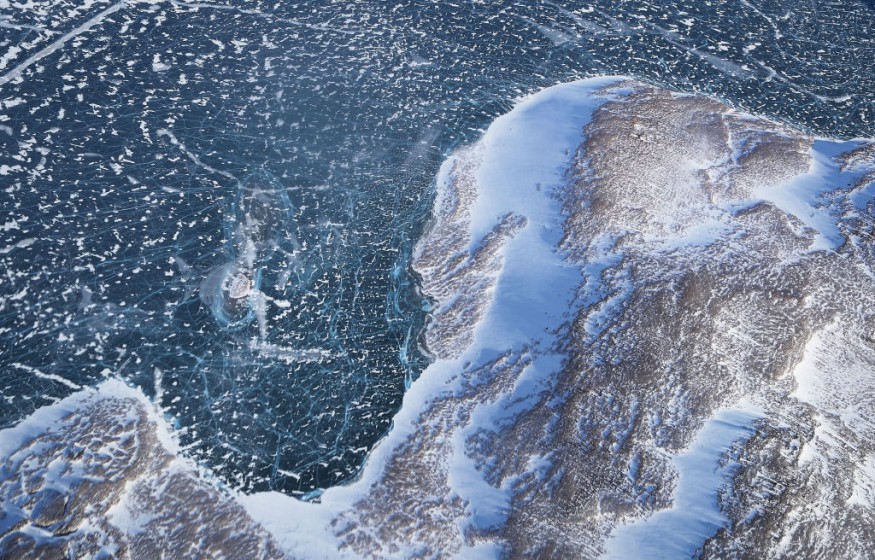
Climate change had taken toll on both land and ocean conditions which caused major concerns around the world.
The Arctic which is characterized by distinctively polar conditions of climate is not exempted in the worst effects of climate change.
Sea ice in the Arctic is "melting at a frightening rate", and simulations suggested it could be completely gone in Arctic summers by 2050.
In 2018, a study published in AGU Online Library, proposed restoring reflectivity of the Arctic ice using reflective floating materials like glass, in the form of hollow glass spheres about the thickness of a human hair.
However, recent study said otherwise, and claimed that "the proposed effort to halt Arctic sea-ice loss has the opposite effect of what is intended," ScienceAlert quoted Melinda Webster, a polar scientist at the University of Alaska Fairbanks Geophysical Institute.
Detrimental to Both Climate and Society
Results of the 2022 study published in AGU debunked the wild idea that tiny, hollow glass beads can halt sea ice loss.
In fact, it was found that coating of microspheres would actually accelerate ice melt instead of slowing it.
In addition, it is only detrimental to Earth's climate and human society as a whole, said Webster.
Webster and University of Washington atmospheric scientist Stephen Warren teamed up to test the claims of the 2018 modeling study, which proposed use of layers of 65 micrometer-wide glass spheres spread to increase the reflectivity and thickness of Arctic sea ice, and only considered thin sea ice with little snow cover.
Considering the changes in solar energy across eight sea ice conditions found in the Arctic at different times of the year in their study, as well as seasonal snow, meltwater coverage, sunlight at sea level, cloud cover, and how the beads interact with sunlight, the duo wrote that the effect of the glass beads is minimal because thin ice mostly occurs in autumn and winter when there is little sunlight.
In spring, most Arctic sea ice is blanketed in bright-white, deep snow, which is highly reflective.
Adding the glass beads could actually darken sea ice surfaces at that time of the year and lead to greater warming and ice loss than without.
Not the Kind of Action We Need
Upon further investigation, hollow glass microspheres could indeed reflect a large fraction of sunlight, but still absorbs about 10 percent of energy from the sun, making the ocean warmer.
Even if non-absorbing glass beads are developed to cool the Arctic climate, the team found it would take 360 million tons of hollow glass beads spread over sea ice each year.
If they do work in theory, it is bound to spew more carbon emissions into the Earth's atmosphere, which is why using glass is not the solution to halt sea ice, as reducing carbon emissions is what counts.
At this time, restoring environments could start on restoring forests, marshes, peatlands and seaweed ecosystems, soaking up considerable amounts of carbon dioxide.
"While science should continue to explore ways to mitigate global warming, the best bet is for society to reduce the behaviors that continue to contribute to climate change," said Webster.
Related article : England's Beach Reveals Ancient Human and Animal Footprints with an Interesting History
© 2025 NatureWorldNews.com All rights reserved. Do not reproduce without permission.





